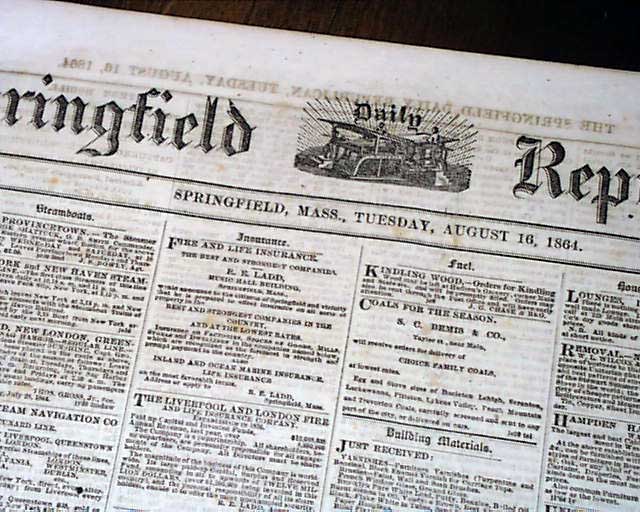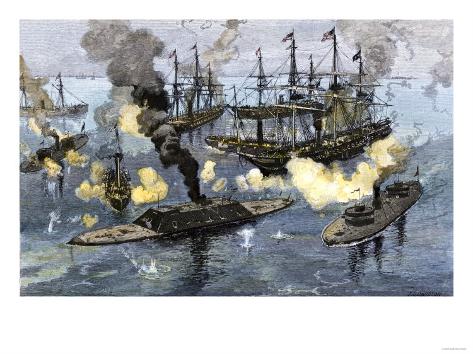
Union commanders David Farragut, David Dixon Porter, and John Dahlgren were especially successful, and within a year after the Blockade Proclamation, the Union had recaptured Norfolk, Pensacola, and New Orleans as the Anaconda plan tightened the blockade. Andrews Bay and the West Gulf from Pensacola past Mobile, New Orleans, and Galveston to the Rio Grande. The blockade strategy evolved as four blockading squadrons: North Atlantic on the Virginia– North Carolina coast South Atlantic from Charleston and Savannah to Key West East Gulf from Key West to St. Construction was authorized for 52 new ships: ironclad “turtles,” monitors, and steamers 136 vessels were acquired, including merchantmen, tugs, and ferries. Boards to plan blockade strategy and ironclads soon followed. Fox assistant secretary for operations to work with the chief clerk and naval bureaus.
Mobilization on that scale required new navy secretary Gideon Welles to appoint Gustavus V.

naval officers joined the fledgling Confederate navy. As the Union tripled the navy's manpower with a call for 18,000 volunteers, 21 percent of U.S. An “effective blockade”-actually preventing entry and exit at Southern ports-would require 600 ships. Official proclamations were published in Southern papers, and ships were dispatched to give due notice of the Union policy to neutrals and Confederates in the most populous of 189 harbors, rivers, and inlets along 3,500 miles of Southern coast. Union unpreparedness did not prevent a “paper blockade” of Southern ports. Thus, as states seceded, the Union could not halt the seizure of ports, ships, and naval facilities from Norfolk to New Orleans. Other squadrons routinely assigned to protect American commerce around the globe could not be recalled for months.

Commanding general of the army Winfield Scott proposed an “Anaconda plan” to constrict the Confederacy between the army on land and a blockade by sea however, eight ships comprised the Home Squadron, only four of them screw steamers. Navy had no more than ninety ships, about half that number in service. President Abraham Lincoln proclaimed a blockade of Southern ports the week after Fort Sumter fell but the U.S.


 0 kommentar(er)
0 kommentar(er)
